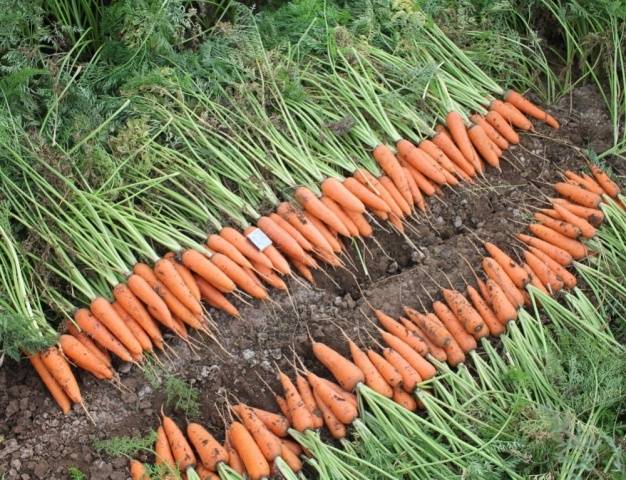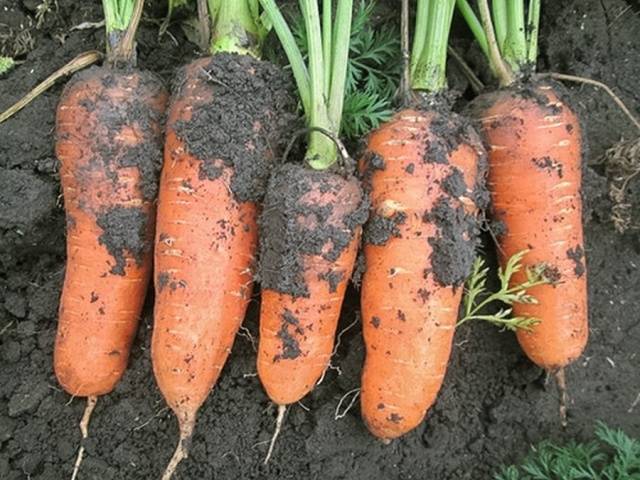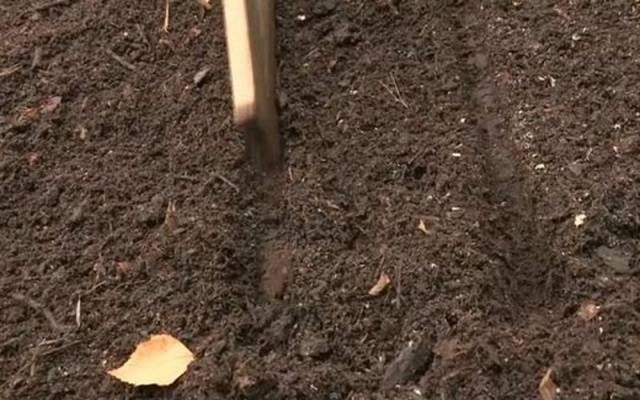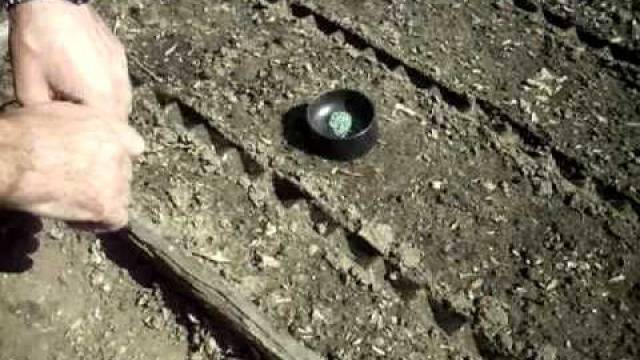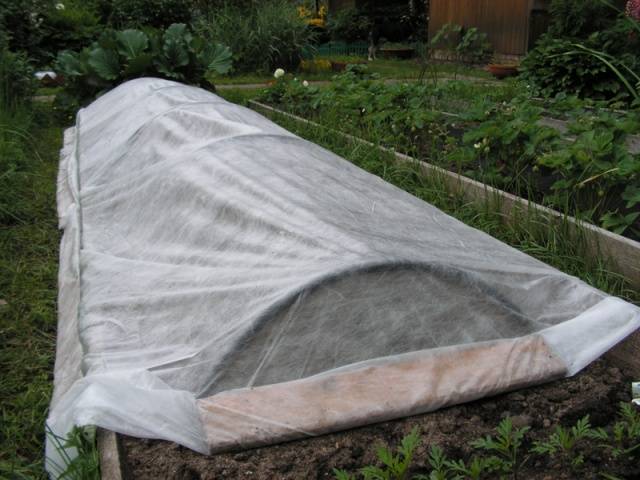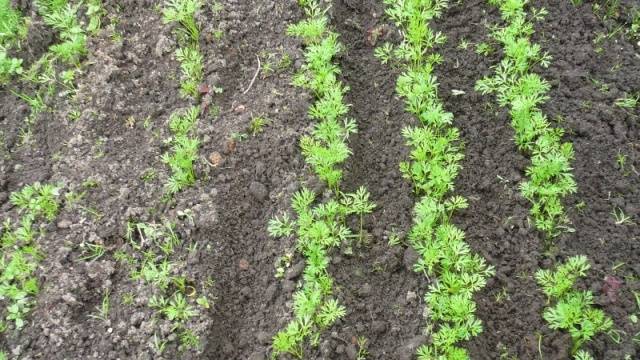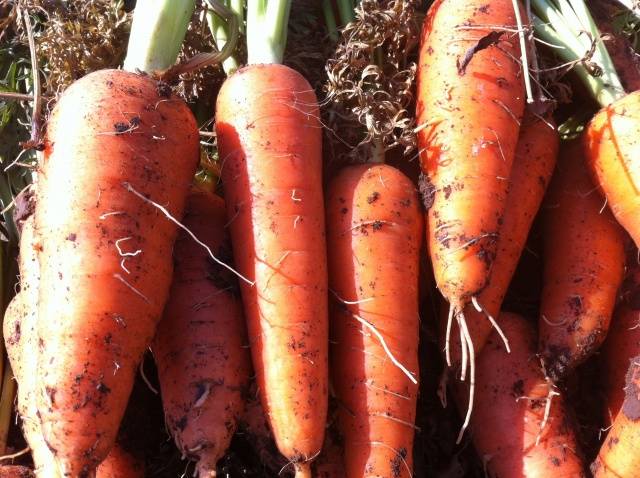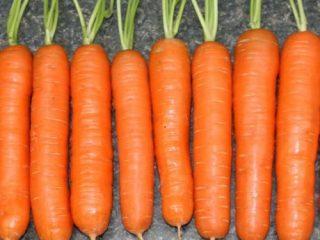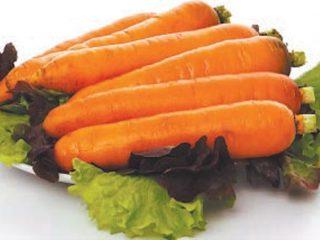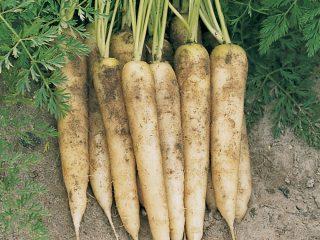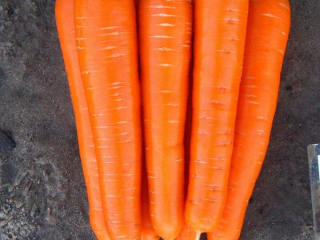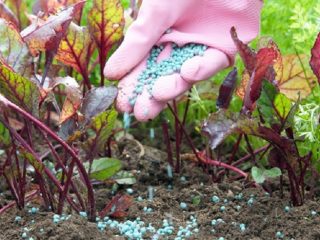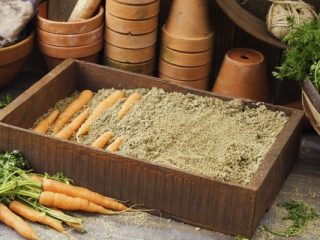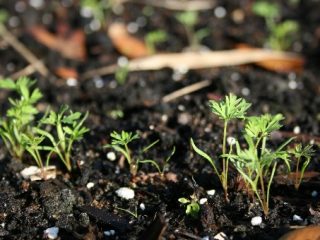Content
Hybrid Dutch selection mid-ripening Abaco F1 carrots are recommended for cultivation in home gardens and farms in temperate climate zones. The fruits are smooth, not prone to cracking, rich dark orange in color, blunt-nosed, sloping down into a smooth cone.
Description of the variety
The plant is not prone to flowering (formation of a flower shoot in the first year of vegetation due to unfavorable conditions), Alternaria leaf spot (caused by infection with spores of imperfect fungi). Abaco carrot seeds germinate quickly, without lagging plants. The vegetable plant of the Shantane Kuroda variety has changed for the better.
| Growing season from the time of sowing seeds | 115–130 days |
|---|---|
| Root weight | 100–225 g |
| Fruit size | 18–20 cm |
| Crop yield | 4.6–11 kg/m2 |
| Carotene content in the fruit | 15–18,6% |
| Sugar content in the fruit | 5,2–8,4% |
| Dry matter content of the fruit | 9,4–12,4% |
| Purpose of the root vegetable | Long-term storage, dietary and baby food, preservation |
| Preferred predecessors | Tomatoes, legumes, cabbage, onions, cucumbers, spices |
| Planting density | 4x20 cm |
| Plant resistance | To cracking, bolting, diseases |
| Sowing seeds at soil temperature | +5–8 degrees |
| Sowing time | April May |
Agricultural technology
Soil preparation
Plan in the fall where the carrot bed will be located. Suitable predecessors and the addition of mineral fertilizers, humus, ash (0.2 kg/m) for autumn digging without destroying the earth clod2) will enrich the soil to a bayonet depth. An acidic soil reaction requires the addition of deoxidizing agents:
- Chalk;
- Slaked lime;
- Dolomite.
Enriching the soil with compost and peat reduces the acid reaction. The addition of river sand improves soil aeration and moisture supply to the roots. Freezing clods of earth will reduce the number of weeds and pests.
In the spring, it is enough to level the ridge with a rake and draw furrows up to 3 cm deep in the soil. The distance between the furrows is 20 cm. Immediately before sowing the carrot seeds, moisture-recharging irrigation is done. The furrows are shed generously 2 times. The bottom of the furrows becomes compacted.
Another sowing option is to use a jig, which makes identical depressions at equal distances in the soil of the ridge.
Seed germination and sowing
Fully ripened root crops ripen on average 90 days after carrot germination: seed germination until the leaves emerge on the surface lasts 2–3 weeks in open ground. The significant difference in timing is due to the conditions that the gardener creates for the growing season of the plant. Abaco carrots are not a capricious variety; waste during seed germination is no more than 3–5%. Creating greenhouse conditions will reduce the percentage of ungerminated seeds.
It is preferable to soak carrot seeds in snow water. Melt water is an unrivaled natural growth stimulator. Ice from the freezer compartment of the refrigerator is a suitable substitute for snow. You need to freeze settled water.Seeds in a linen or cotton napkin are saturated with water for 3 days.
The process of planting in a ridge will be simplified; the distance between plants in the row will be maintained. Half of the thinning work was done on the day the carrots were planted in the bed, in the first phase of plant cultivation, as prescribed for the Abaco variety.
The sowing is completed by backfilling the furrows with the sown carrot seeds with prepared heated compost. The compost is loose, so the furrows are heaped and then carefully slammed down with a wide board with a handle so that compaction occurs evenly. The ridge is sprinkled with a light layer of mulch immediately after planting the carrots.
The cool wind dries and chills the earth, and the temperature drops at night. Covering material will protect the soil and seeds. The arcs create a sufficient volume of heated air above the ridge, but if they are not at hand, scraps of lumber are used to raise the protective cover above the soil by 5–10 cm.
The bed breathes, the seeds are in comfortable conditions. Germination occurs evenly. Creating a greenhouse microclimate for seeds will accelerate the emergence of a dense brush of seedlings. After the carrots have sprouted, the film will not be needed.
Planting care
The rows of carrots that have sprouted on the ridge are marked, regular watering is carried out, the rows are loosened and the plants are thinned in several stages.The first thinning is carried out until the paired leaves reach a height of 1 cm. Weak, stunted plants are removed.
Once every 3-4 weeks, plants are fertilized; in addition to aqueous solutions of mineral fertilizers, weekly infusions of mullein and bird droppings are used in a ratio of 1: 10. Excessively abundant watering and fertilizing lead to increased growth of tops to the detriment of root development.
At 1 m2 soil for watering young plants during the dry period, 5 liters of settled water are consumed. Evening watering is preferable. Adult plants consume 6–8 liters of water. Overdrying and waterlogging the soil are equally harmful: the root crops will crack. Such fruits are not suitable for long-term storage.
Cleaning and storage
The last watering before harvesting hybrid carrots of mid-ripening Abaco is carried out 2 weeks before digging, if there has been no rain. Root vegetables are not peeled. Adhering lumps of soil prevents wilting during long-term storage. Sand and pine sawdust are suitable as a cover against fruit wilting. Recommended storage temperature for carrots is +1–+4 degrees.
